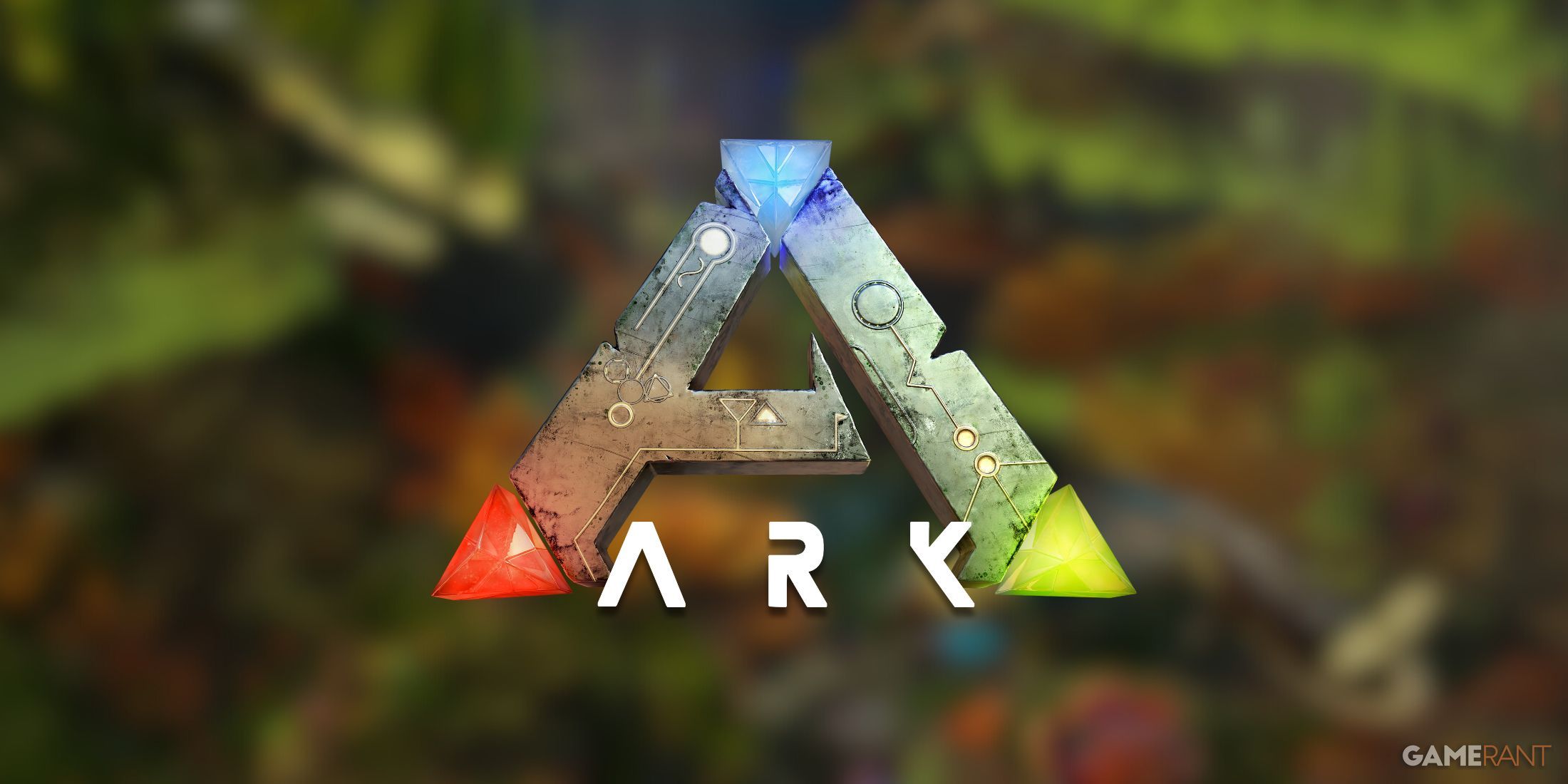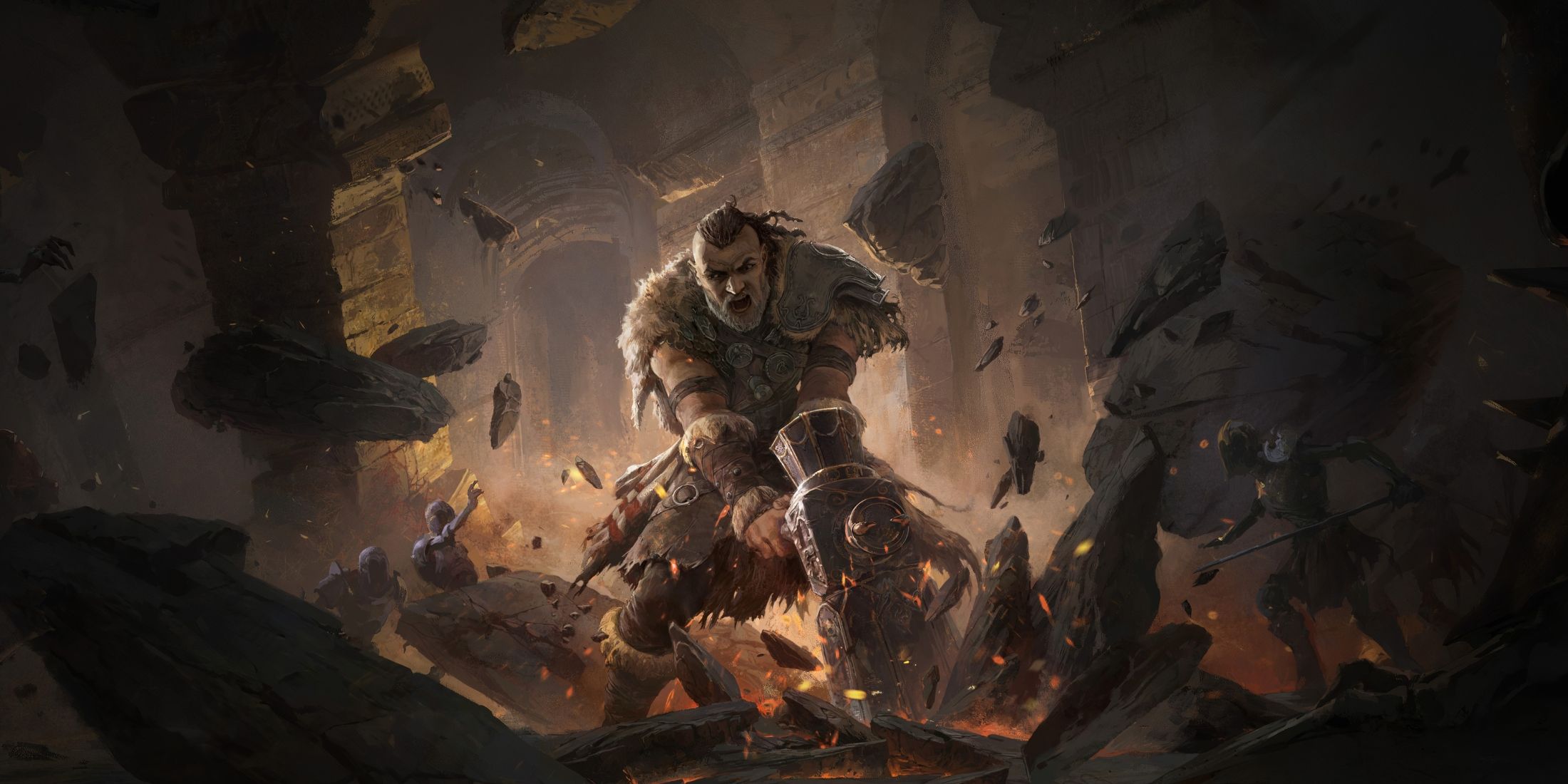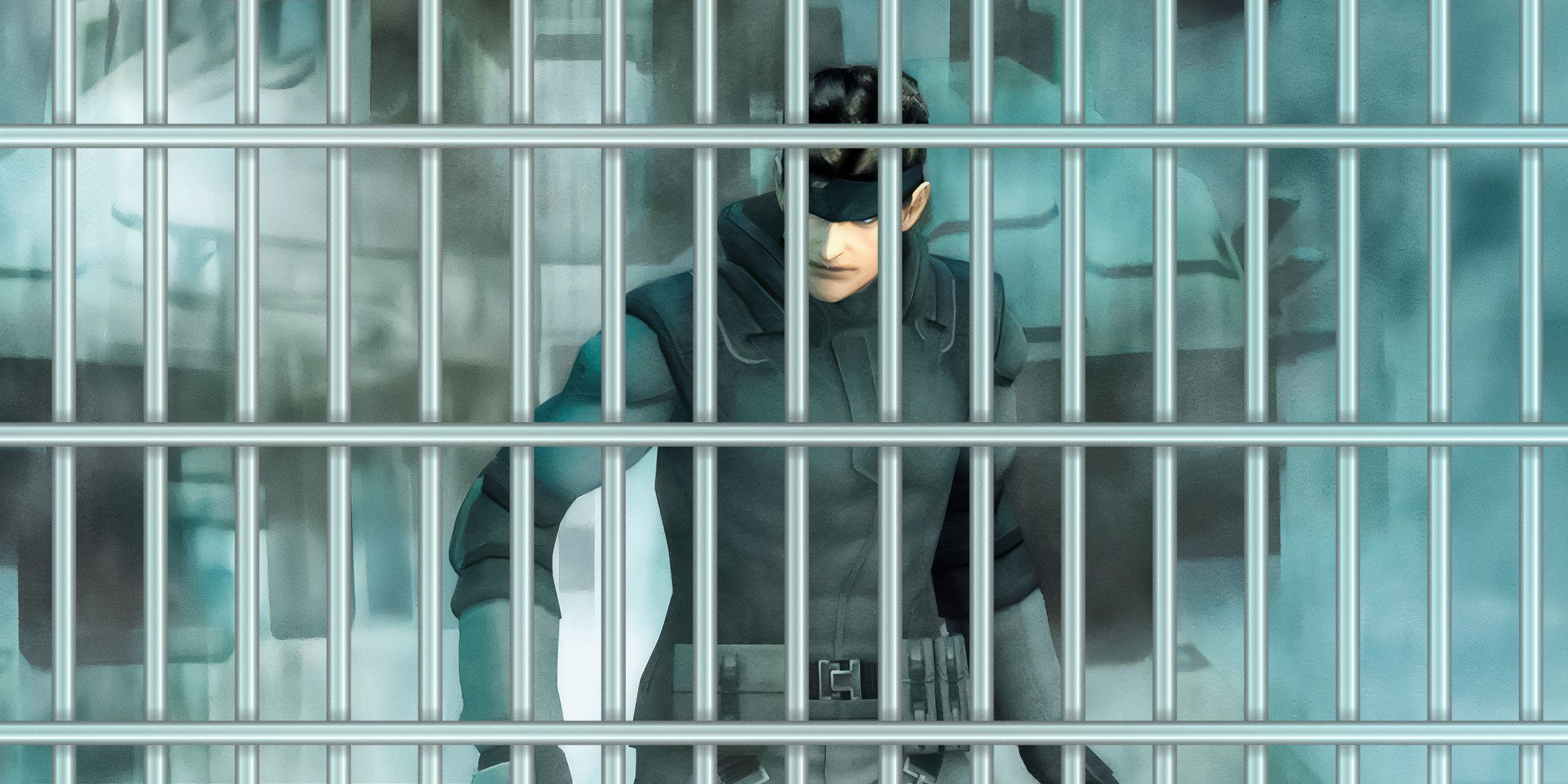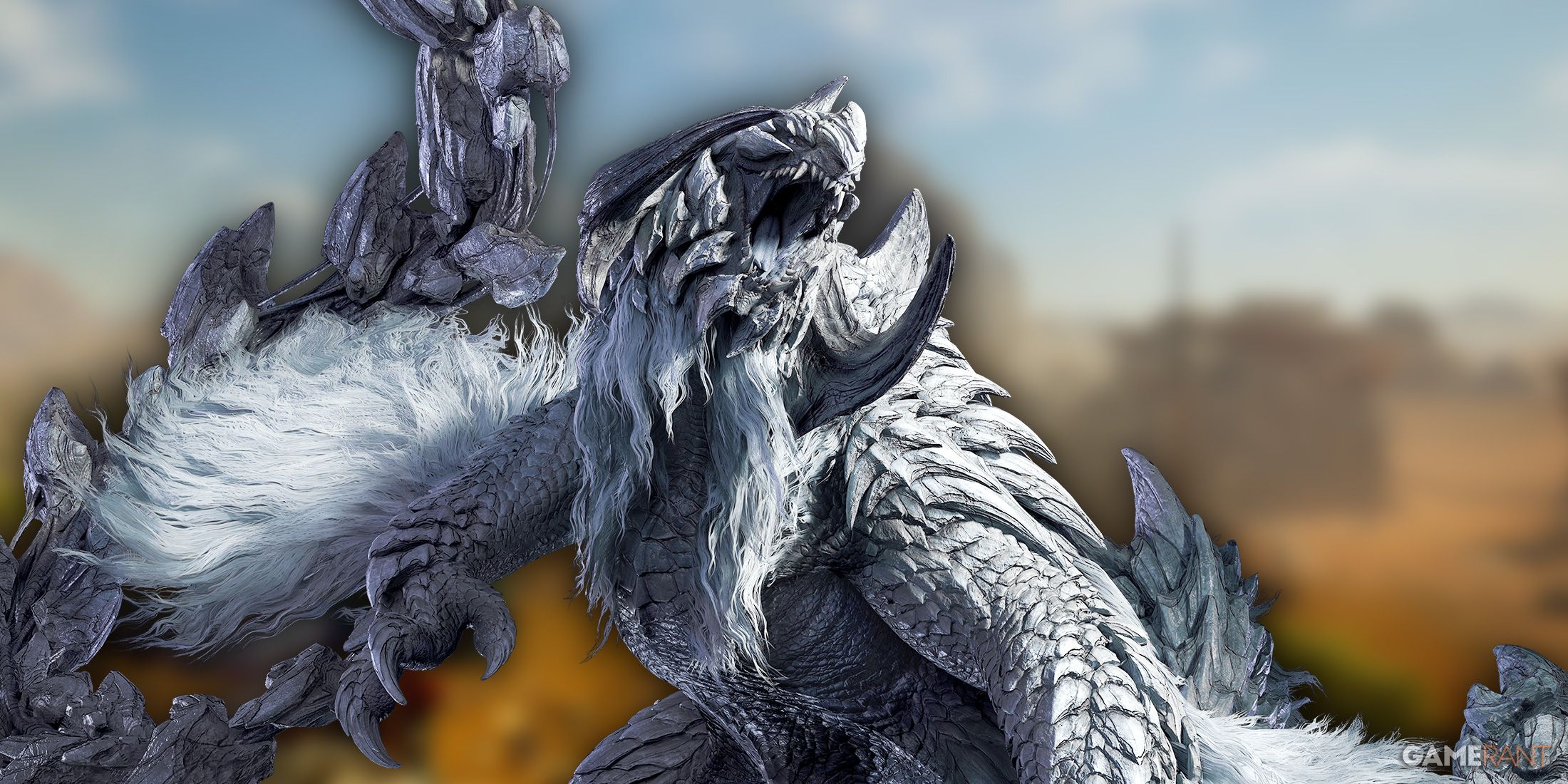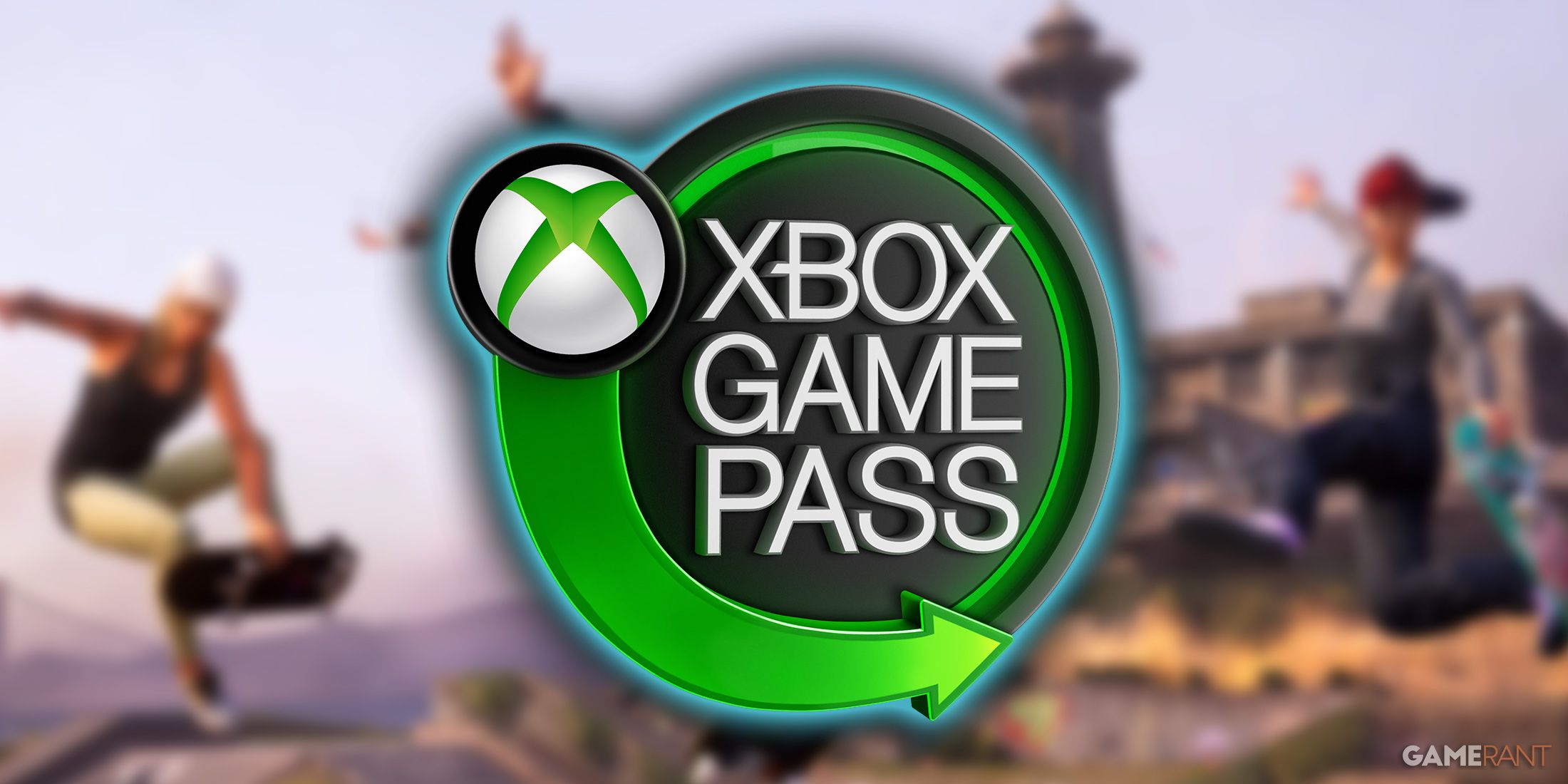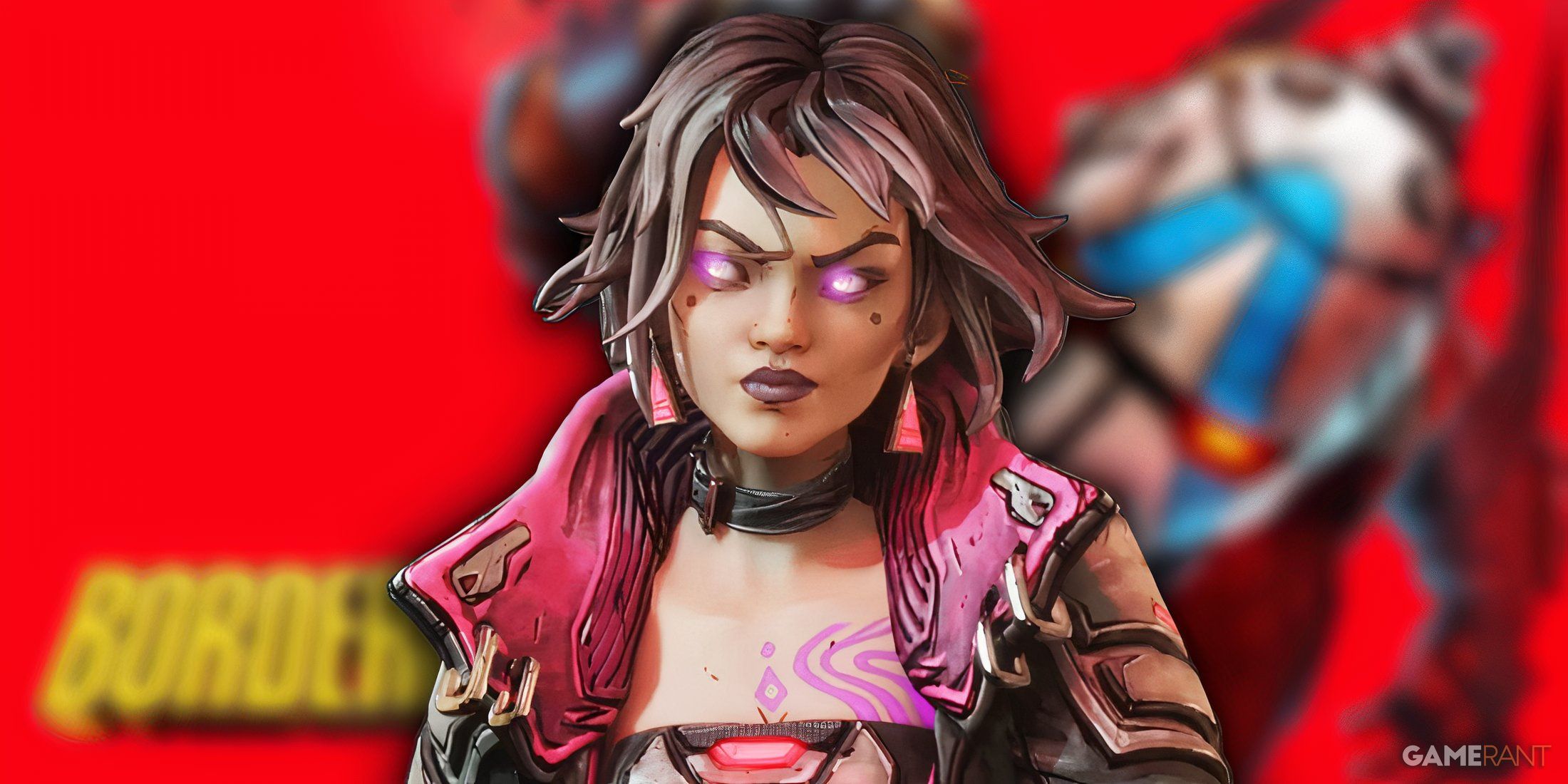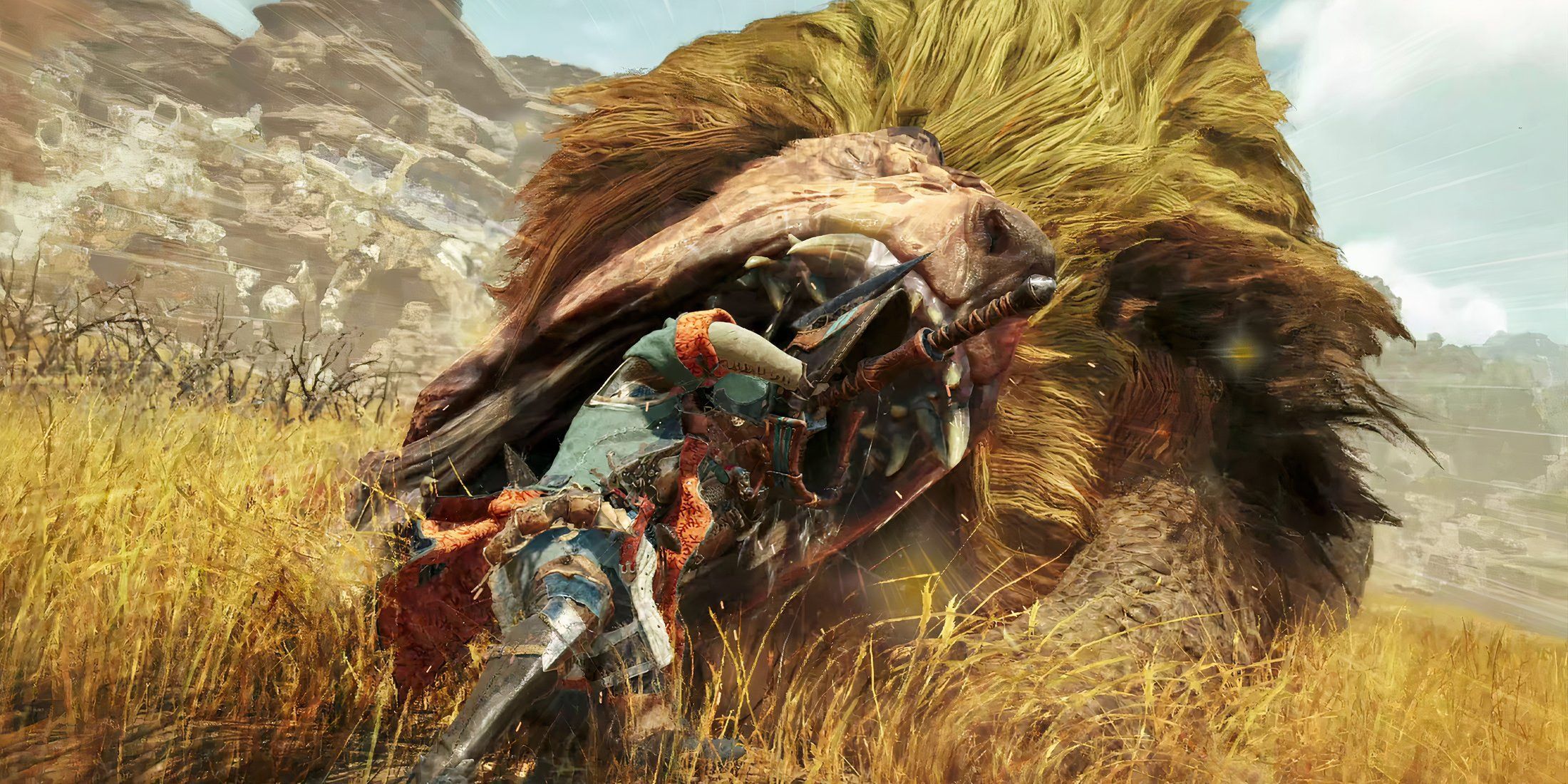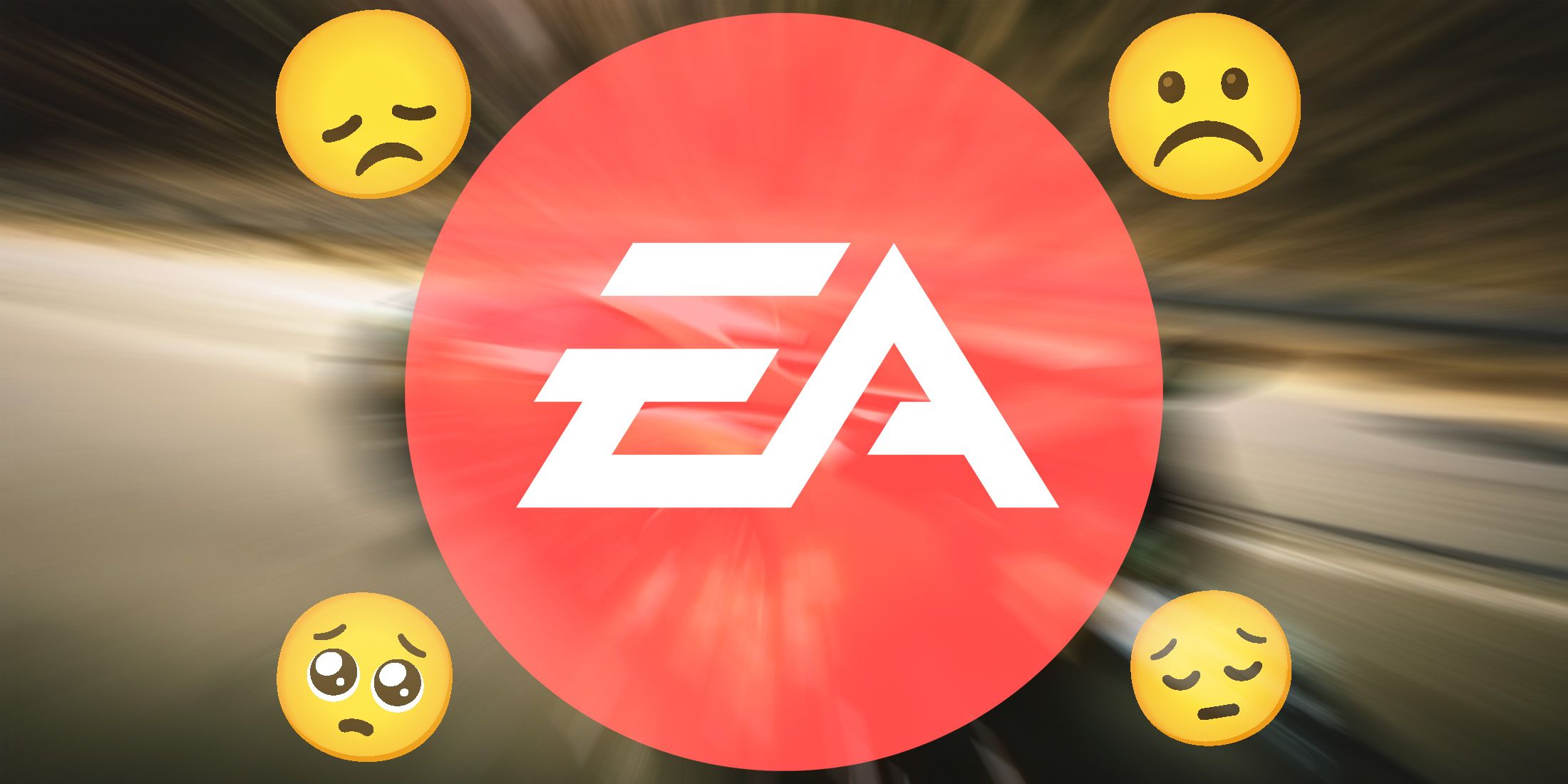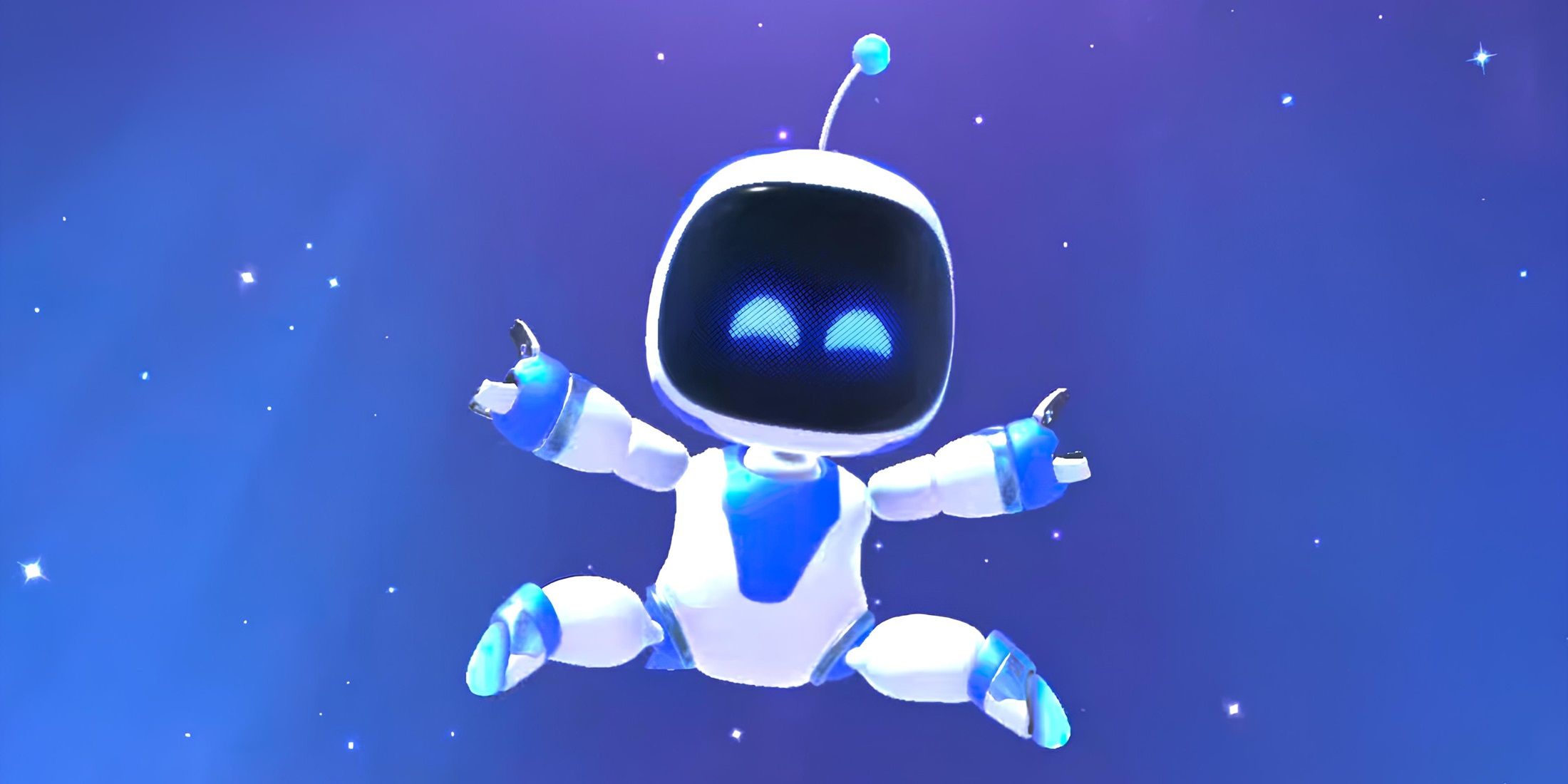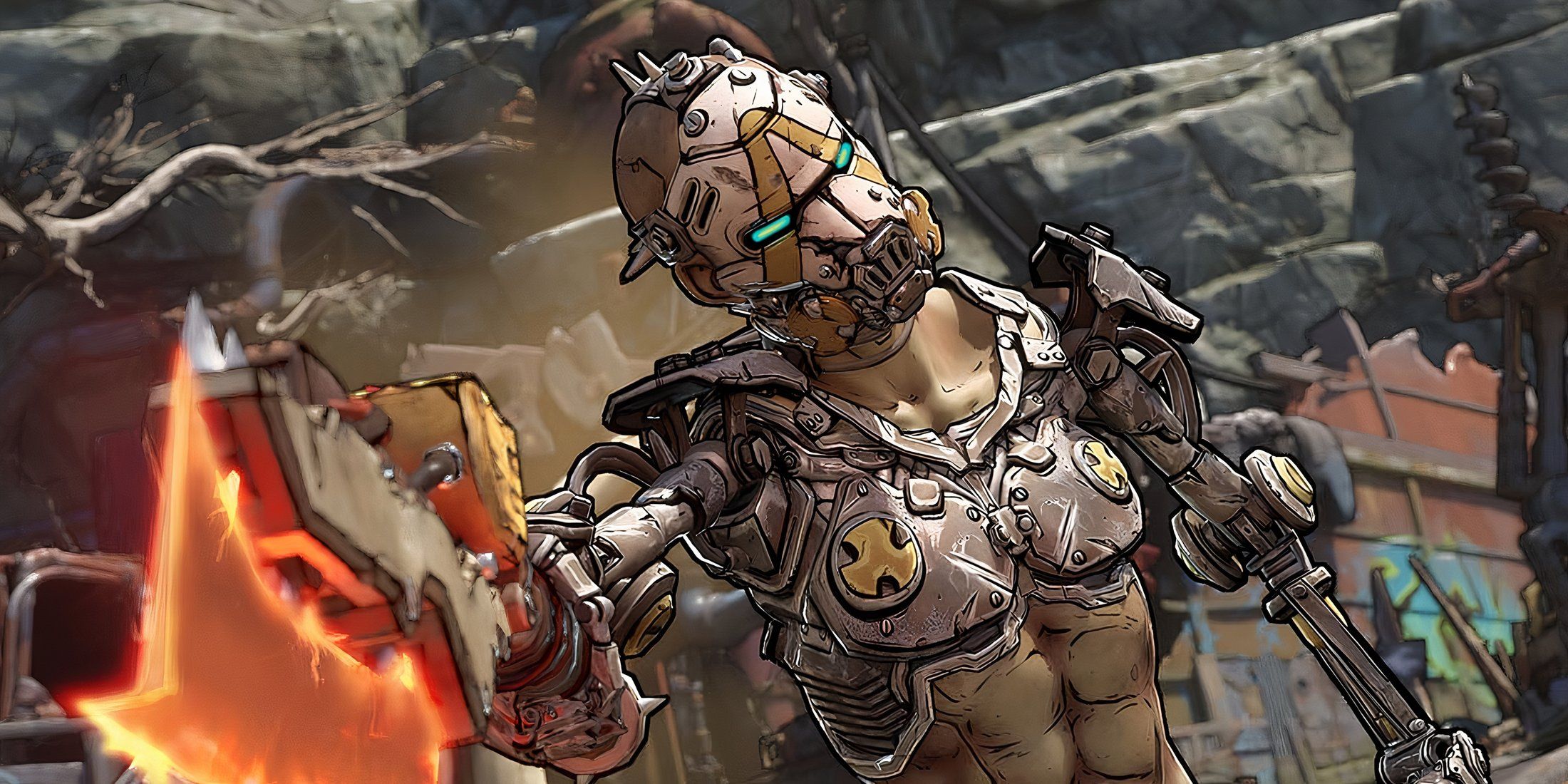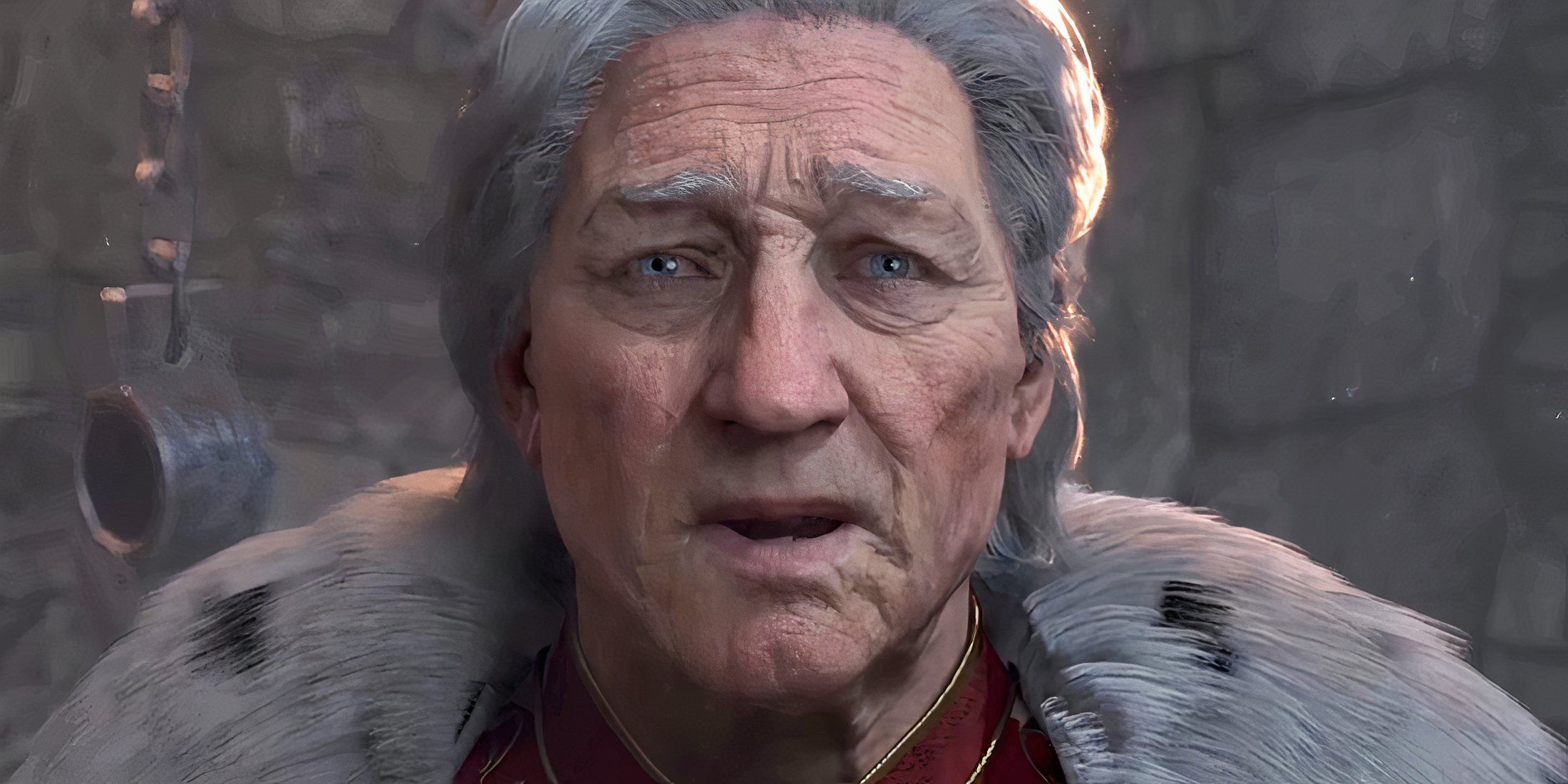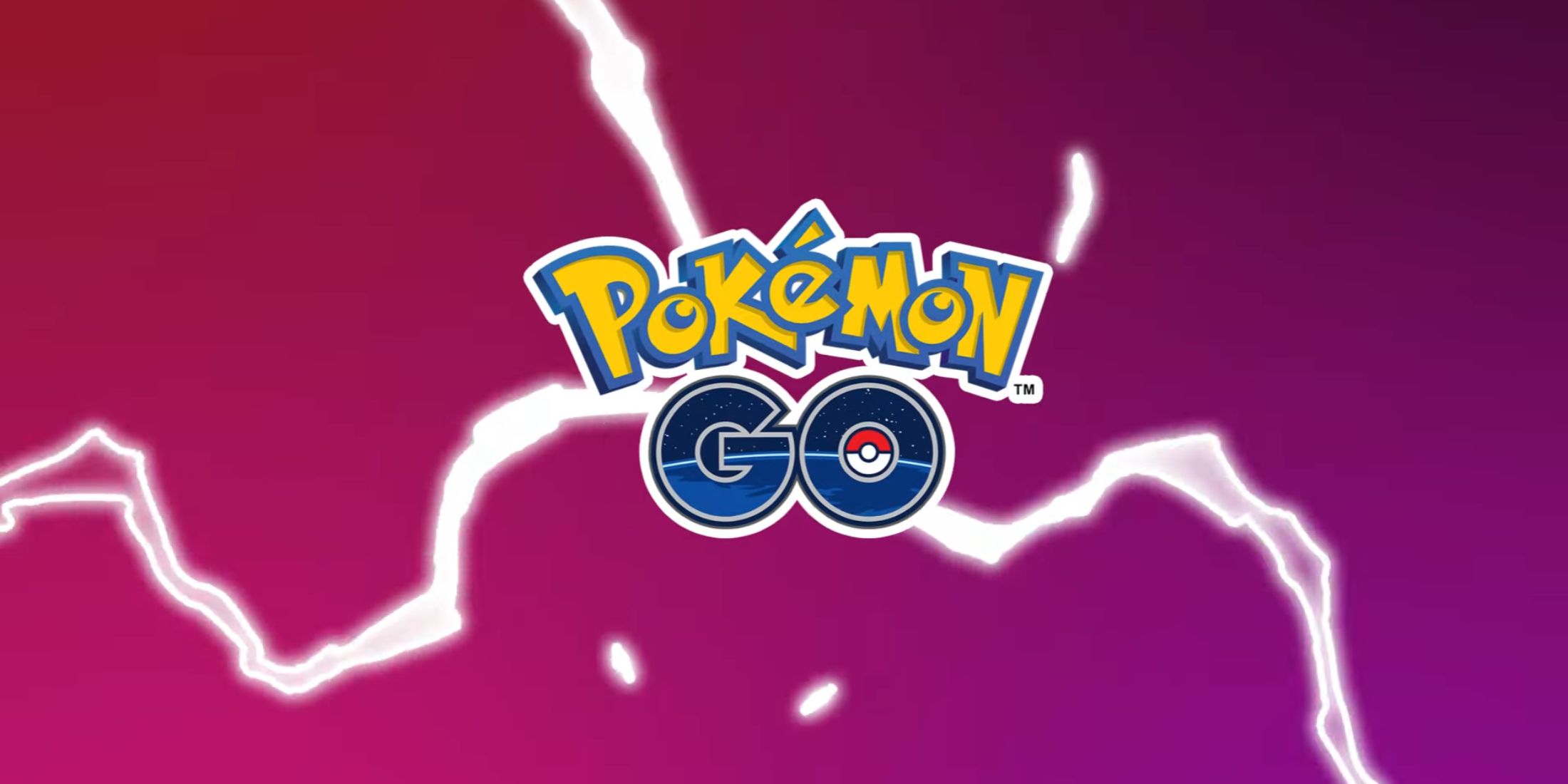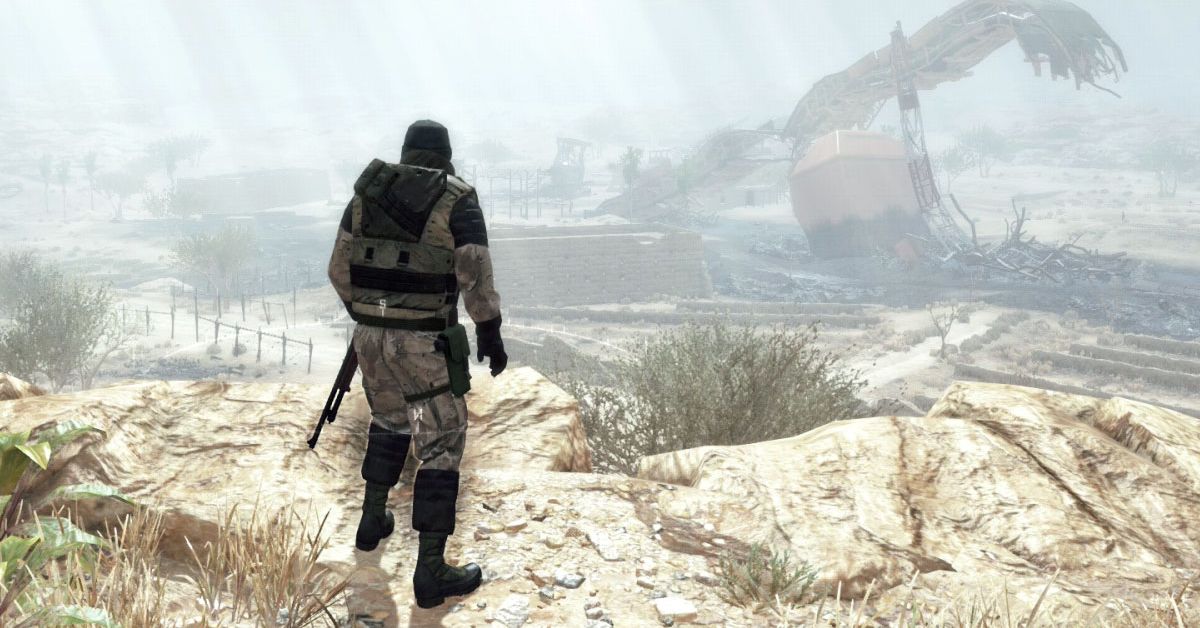
Metal Gear Solid V: The Phantom Pain, the last Metal Gear game helmed by series creator Hideo Kojima, begins with the destruction of a military base. This building, an off-shore platform designed as the home for a mercenary army, falls into fire and rubble, collapsing into the ocean as enemy guns and bombs tear it asunder. The destruction nearly kills Big Boss, the villain-protagonist of the game, putting him in a coma for years. When he awakens, he concerns himself with rebuilding, and revenge.
Metal Gear Solid V is the story of that quest, but it also tells the story of its own storied creation. Much of this tale isn't known, but the gaming press has scraped it together from the aftermath: at some point during Metal Gear Solid V's development, Konami, its publisher, changed directions, moving toward mobile games and Japanese gambling machines as a quicker, easier way to turn its franchises into profitability. It began to segway away from traditional major game development, putting a wedge between Konami and Kojima Productions, its former flagship studio. After Metal Gear Solid V: The Phantom Pain shipped in 2015, Hideo Kojima left Konami, taking an unknown number of Kojima Productions staff with him to start an independent company. Metal Gear, like Big Boss's Mother Base, had fallen apart.
Related Stories
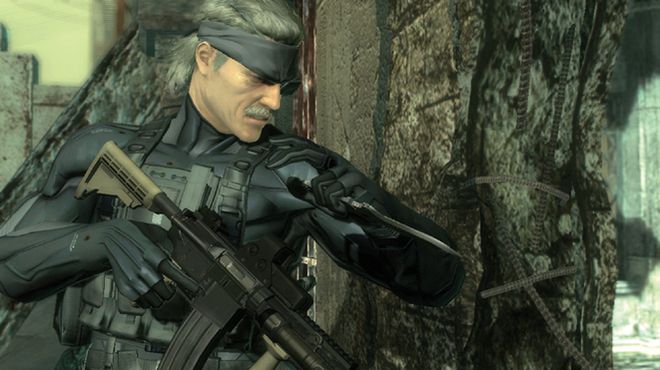 CultureMetal Gear Solid 4 and the Marriage of Movies and GamesChris Kohler
CultureMetal Gear Solid 4 and the Marriage of Movies and GamesChris Kohler CultureHands-On: Just a Slice of Metal Gear Rising: RevengeanceChris Kohler
CultureHands-On: Just a Slice of Metal Gear Rising: RevengeanceChris Kohler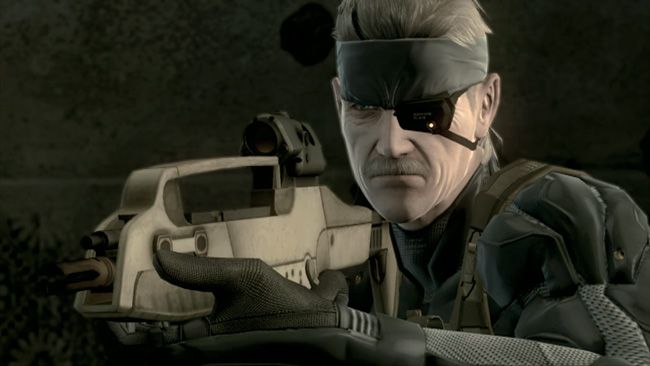 CultureKojima Productions Recruiting for Next Metal Gear SolidJason Schreier
CultureKojima Productions Recruiting for Next Metal Gear SolidJason SchreierThat was nearly three years ago. Last year, Konami unveiled the future for Metal Gear—for Konami's big-budget game development, for the Fox Engine software once built by Kojima's team to safeguard the future of the saga, and of Kojima's work itself. That future was Metal Gear Survive, an unlikely spin-off taking place in an alternate reality overrun by uncanny monsters and hidden ruins. It takes one of the most storied, most strange franchises in the history of the medium, and it turns it into a zombie game.
If Metal Gear Solid V is about destruction and revenge, Metal Gear Survive, built out of re-contextualized art assets and design ideas from its immediate predecessor, is about the wreckage: the wreckage left behind by the end of the Konami/Kojima Productions relationship, and the wreckage of Metal Gear Solid V itself.
Metal Gear Survive begins precisely where Metal Gear Solid V: The Phantom Pain does: with the destruction of Mother Base. Even using some of the same footage, it details the carnage that led to the death of Big Boss' mercenary army and the massive industrial structure that housed it. But where The Phantom Pain follows Big Boss, Survive's first and perhaps most interesting gesture is to focus instead on the soldiers under his command. In a bizarre twist, some of these soldiers, along with some of Mother Base itself, are pulled through an interdimensional wormhole into the wasteland world of Dite (the Dante's Inferno reference is both intentional and thoroughly overexplained, in true Metal Gear fashion), whose inhabitants have been turned into monsters by some unknown, crystalline parasite.
This gesture, in the form of an out-there weird science plot twist, is also the first sign that this is Metal Gear minus much of the creative talent that formerly powered it. Metal Gear under Kojima Productions always had a balance of mundane and magic, military paranoia and freakish science fiction, but the balance has never been as tipped in one direction as it is here. Whereas Metal Gear is often silly, Survive immediately turns cheesy, and rarely stops. Judging by writing alone, Survive could rank as the most expensive direct-to-DVD sequel in history.
Whereas Metal Gear is often silly, Survive immediately turns cheesy, and rarely stops.
But, in a move that would have been unheard of in traditional Metal Gear, the writing of Survive is secondary to the experience of its world. Dite is a strange place. Even ignoring the unfortunate political implications of labelling re-used environmental designs, originally meant to represent Afghanistan and Angola as a "wasteland," it's a distinctly uncanny locale. A metaphorical purgatory, Dite is marred by fog, ruins, and monsters. Portals occasionally open in the sky, dropping wreckage and refugees. Pieces of Mother Base are strewn about the scenery, gnarled and scorched. Walls of choking dust turn much of the world into a hazy hellscape, forcing you to carry an oxygen tank and move with the utmost care.
As one of Big Boss' refugees, stranded in Dite, your job is to get home. In an inversion of Metal Gear's traditional stealth action, the goals here are simple: find food, build a base, and live long enough to find a way to open a portal out of this awful, mesmerizing place. To do this, you have to make use of all of Metal Gear Solid V's systems, now rearranged and added to in service of survival. You have to sneak, and fight, using your military training and whatever improvised tools you can find. Like in MGSV, you build and defend a base, and that base becomes a home for research, resource gathering, and personnel management. Like in MGSV, you take part in missions dotting the landscape, gaining materials and knowledge to expand your base while unravelling a strange, twisty narrative.

